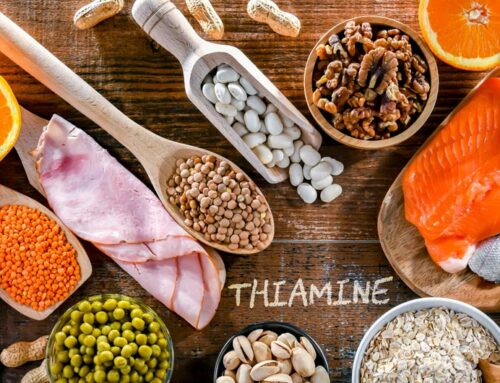Manganese is a mineral that keeps our body healthy. It provides us with energy, and helps protect cells from damage. Your body also uses it to maintain strong bones, reproductive systems, aids in blood clotting, and it helps to maintain a healthy immune system.
The amount needed depends on age and sex.
Life Stage Recommended Amount
- Birth to 6 months — 0.003 mg
- Infants 7–12 months — 0.6 mg
- Children 1–3 years — 1.2 mg
- Children 4–8 years — 1.5 mg
- Boys 9–13 years — 1.9 mg
- Girls 9–13 years — 1.6 mg
- Teen boys 14–18 years — 2.2 mg
- Teen girls 14–18 years — 1.6 mg
- Adult men — 2.3 mg
- Adult women — 1.8 mg
- Pregnant teens and women — 2.0 mg
- Breastfeeding teens and women — 2.6mg
It is easy to include in a healthful diet because it is in many foods.
- Whole grains like whole wheat breads, oatmeal and brown rice
- Clams, oysters and mussels
- Nuts like pecans and hazelnuts
- Soybeans and lentils
- Leafy greens like kale and spinach
- Pineapple and blueberries
- Tea
- Even spices like black pepper
Most people get enough, but if you don’t happen to, it can cause symptoms such as:
- Weak bones
- Poor growth in children
- Skin rashes
- Loss of hair pigments in men
- Mood changes
- Worsening of premenstrual pain
Toxicity is rare, but has been known to happen breathing in dust during mining work or welding, and also consuming high levels in water.
Symptoms of toxicity include
- Tremors
- Spasms
- Hearing problems
- Mania
- Insomnia
- Depression
- Loss of appetite
- Headaches
- Irritability or mood changes
There is no known interactions with medications, but you should always speak with a healthcare professional before taking any supplements.
Reference: https://ods.od.nih.gov/factsheets/Manganese-Consumer/







Leave A Comment